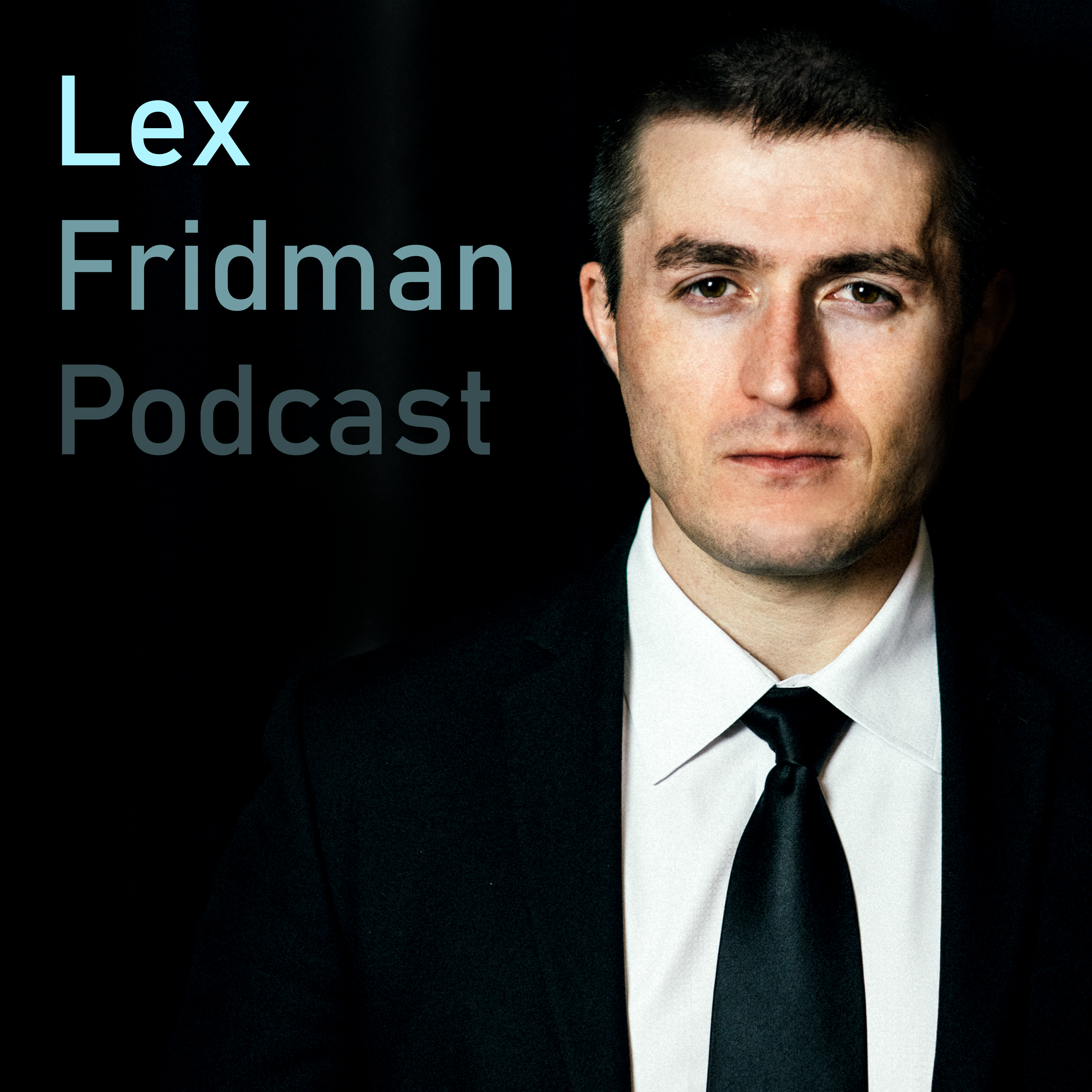Chapter
Clips
YouTube aims to ensure that the creators who offer authoritative content and credible points of view are promoted on their platform, while also reducing the proliferation of borderline and misleading content by demoting its recommendations.
11:06 - 13:59 (02:53)
Summary
YouTube aims to ensure that the creators who offer authoritative content and credible points of view are promoted on their platform, while also reducing the proliferation of borderline and misleading content by demoting its recommendations.
ChapterHow to reduce the meanness of people on YouTube
EpisodeCristos Goodrow: YouTube Algorithm
PodcastLex Fridman Podcast
The speaker discusses the importance of reducing meanness on YouTube and the role of algorithms and human intervention in curating content and comments to create a better society without limiting freedom of speech.
13:59 - 20:03 (06:03)
Summary
The speaker discusses the importance of reducing meanness on YouTube and the role of algorithms and human intervention in curating content and comments to create a better society without limiting freedom of speech.
ChapterHow to reduce the meanness of people on YouTube
EpisodeCristos Goodrow: YouTube Algorithm
PodcastLex Fridman Podcast
YouTube relies on human reviewers to help implement content policies across the platform.
20:03 - 21:34 (01:31)
Summary
YouTube relies on human reviewers to help implement content policies across the platform. While the presence of biases among reviewers is a potential concern, it is not a primary focus, especially as they use machine learning to improve content moderation.
ChapterHow to reduce the meanness of people on YouTube
EpisodeCristos Goodrow: YouTube Algorithm
PodcastLex Fridman Podcast
The team behind machine learning systems take steps to avoid problematic biases by instructing reviewers to have a bias towards scientific consensus and demonstration of expertise while sending the same dataset to multiple people from diverse backgrounds.
21:34 - 23:23 (01:48)
Summary
The team behind machine learning systems take steps to avoid problematic biases by instructing reviewers to have a bias towards scientific consensus and demonstration of expertise while sending the same dataset to multiple people from diverse backgrounds. However, unfair biases can still creep into these systems if the training data itself is biased, so they work hard to remove and reduce them in the algorithms.
